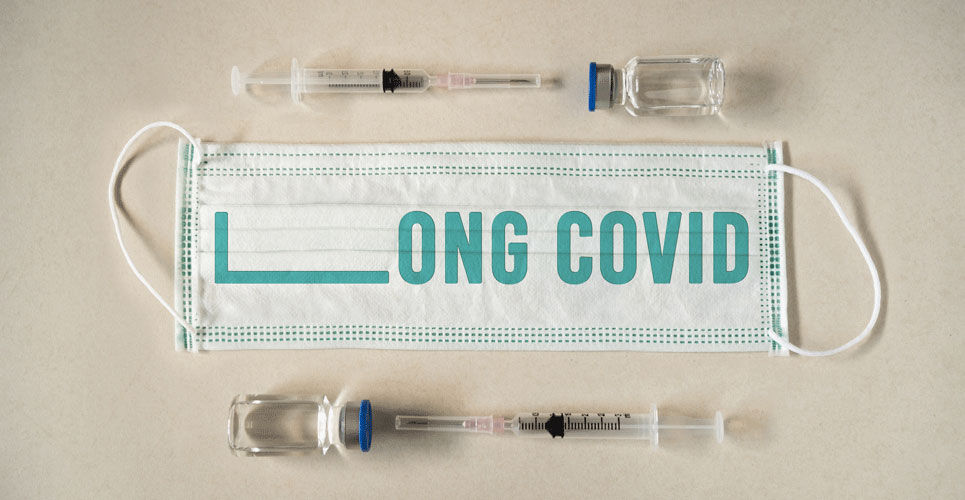A comparative analysis with common viral infections suggests that many recognised post COVID-19 condition symptoms are not unique to the virus
According to the findings of an analysis by US researchers, only some of the post COVID-19 condition symptoms can be uniquely attributed to infection with the virus when compared to the post-infection symptoms induced by other, common viral infections.
Post COVID-19 condition which is also commonly referred to as long COVID, is defined as the continuation or development of new symptoms 3 months after the initial COVID-19 infection, with these symptoms lasting for at least 2 months with no other explanation. Although there are a number of specific symptoms that have been recognised, the more common ones have included fatigue, cough, chest tightness, breathlessness, palpitations and myalgia. Nevertheless, it is also known that other viral infections can result in lasting symptoms and myalgic encephalomyelitis or post-viral fatigue syndrome is a common disorder, in which patient complain of exhaustion, fatigue, muscle aches and pains, and invariable psychiatric symptoms such as emotional lability, poor memory/concentration, and depression. Thus it is necessary to have a better understanding of the risks associated with the development of specific symptoms to enable a more accurate characterisation of post COVID-19 condition.
In the present study, the US researchers focused on the identification of the persistent symptoms that could be used to define post COVID-19 condition. They made use of information held in the Cerner Real-World Data, which is large US database that receives input from 122 centres across the US. The researchers looked at a wide range of symptoms and which developed 30 days after an acute infection with either COVID-19 and the common cold, influenza and viral pneumonia. These latter three infections were combined to create a viral respiratory infection (VRI) group and de-identified participants were included if they had at least 365 days of data following their acute infection. In addition, a third cohort which included individuals who did not have any recorded infection with COVID-19 or a VRI were included as controls. Comparisons were then made for COVID-19 vs VRI, COVID-19 vs non-infected controls and VRI vs non-infected controls.
Post COVID-19 condition and subsequent significant diagnoses

A total of 17,487 COVID-19 patients were propensity matched with VRI patients and 15,694 individuals were propensity matched with non-infected controls.
When compared to non-infected controls, COVID-19 infection was a significant and positive predictor, for a diagnosis of palpitations (odds ratio, OR = 1.32, 95% CI 1.17 – 1.49), hair loss (OR = 1.32), fatigue (OR = 1.13), chest pain (OR = 1.10), dyspnoea (OR = 1.09), joint pain (OR = 1.08) and obesity (OR = 1.08). Moreover, the odds ratios were also significantly elevated for these conditions when compared to the VRI group.
However, there were notable differences for some recognised post COVID-19 condition symptoms. For example, there was no difference between COVID-19 and the VRI group for anxiety/depression, myalgia, insomnia and anosmia. While there was a significantly elevated risk of cognitive impairment when comparing COVID-19 and the VRI group, there was no difference between COVID-19 and non-infected controls.
The authors concluded n how infection with COVID-19 was not more significantly associated with an increased risk of some recognised post COVID-19 conditions compared to other common viral infections.
Citation
Baskett WI et al. COVID-Specific Long-Term Sequelae in Comparison to Common Viral Respiratory Infections: An Analysis of 17,487 Infected Adult Patients. Open Forum Infect 2022

